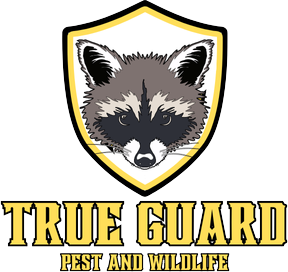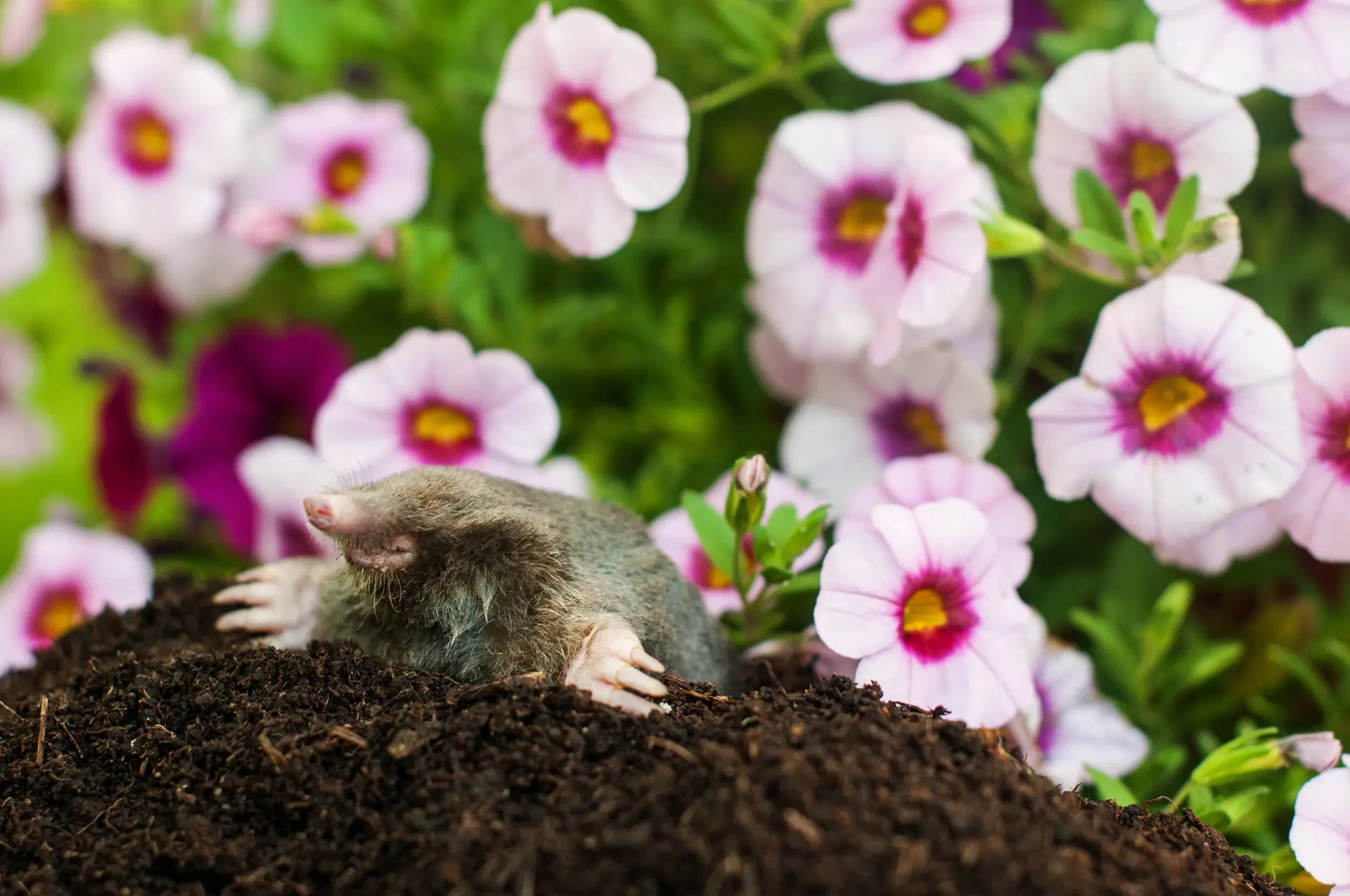While the elusive mole itself may remain hidden beneath the soil, its impact on a garden is often strikingly apparent. These subterranean creatures, driven by their constant search for nourishment, carve intricate tunnel systems just below the surface. Unfortunately for gardeners, these tunnels frequently intersect and sever the vital root networks of plants, whether they be delicate flowers, burgeoning vegetables, or established ornamentals. The disruption of this essential lifeline deprives plants of water and nutrients, leading to a cascade of negative effects, from a general decline in vigor and stunted growth to the eventual wilting and death of the affected vegetation. Furthermore, the displaced soil from their tunneling activities is pushed to the surface, creating unsightly mounds of dirt that mar the garden’s aesthetic appeal and can smother low-lying plants.
What Moles Eat
The primary motivation behind a mole’s industrious tunneling is the pursuit of food. Their diet consists largely of grubs, which are the larval stage of various insects, as well as other soil-dwelling invertebrates. Earthworms also form a significant part of their diet. From a gardener’s perspective, there’s a bittersweet irony here. Moles do consume certain insects that are considered garden pests in their larval form, offering a degree of natural pest control. However, this potential benefit is often overshadowed by the significant physical damage their burrowing habits inflict on the garden’s plant life. The indiscriminate nature of their tunneling means that both the roots of desirable plants and the pathways to their insect prey are disrupted.
Getting Rid of Moles
When faced with the disruptive presence of moles, gardeners naturally seek solutions to reclaim their cultivated spaces. Several methods are commonly discussed, but each comes with its own set of considerations and potential drawbacks:
Traps
One direct approach involves the use of traps designed to capture moles within their tunnel systems. While effective in theory, the successful implementation of trapping requires a significant understanding of mole behavior, particularly their active tunnel routes. Many commercially available traps demand precise setup and strategic placement to be truly effective. Without this specialized knowledge, gardeners may find themselves frustrated by repeated failures to capture the target animals.
Castor Bean Seeds
Another suggested remedy involves the use of castor bean seeds, which are rumored to have mole-repelling properties. However, gardeners should exercise extreme caution with this method. Castor bean seeds contain ricin, a potent toxin, and pose a significant risk if accidentally ingested by children, pets, or even unwary adults. Additionally, if these seeds are left to germinate, they can introduce another unwanted plant species into the garden.
Insect Removal
A seemingly logical strategy is to target the mole’s food source by reducing the population of grubs and other soil-dwelling insects. While decreasing the availability of food may eventually discourage moles, this approach presents its own challenges. It can be incredibly difficult for the average gardener to selectively eliminate nuisance insects without also harming beneficial soil organisms, most notably earthworms. Earthworms play a crucial role in maintaining healthy soil structure, aeration, and nutrient cycling, and their unintended removal can lead to long-term negative consequences for the garden’s overall health.
Given the mole’s largely subterranean existence, it can be exceptionally challenging for gardeners to accurately monitor their activity and determine the effectiveness of any control measures implemented. Knowing whether the pests have truly been deterred or removed requires a keen understanding of their tunneling patterns and habits. For efficient and responsible mole management in a garden or flowerbed, seeking guidance and assistance from experienced wildlife professionals who possess the necessary expertise and tools may be the most effective course of action.








